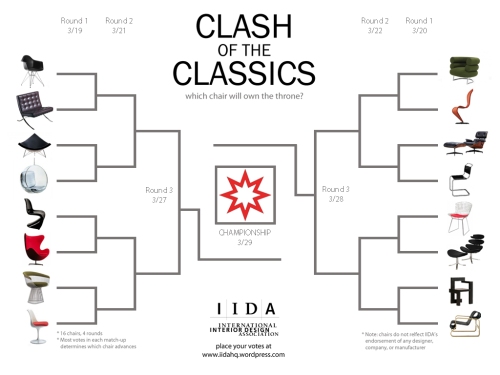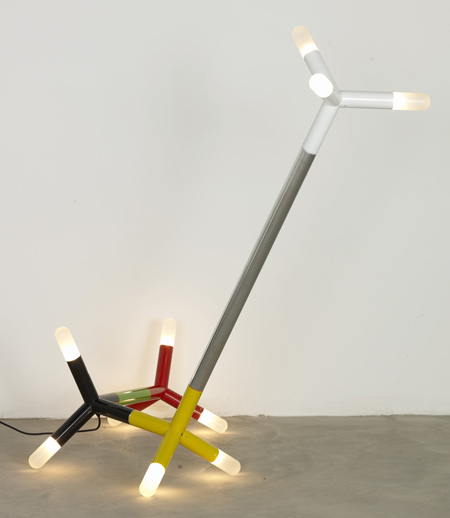
….ABOUT ENTERING DESIGN COMPETITIONS
 You Can’t Lose
You Can’t Lose
By entering one or several projects into a design competition, there is no direction to go but up. Putting forth your work and having people see it, read it, and experience it can help you as a student and professional in several ways. As a student, you gain insight into how projects are judged and what is deemed great design, and as a professional you send your work to professionally successful and influential judges that critique it. You may even get to meet these judges and other professionals that attend the competition event to announce the winners (if the competition indeed decides to host the event); yet another conduit to showcase your work, and yourself.
 They Make Your Work Better
They Make Your Work Better
Like a workshop or group review where peers, professors, and / or professionals listen to you describe and articulate your work and then provide you with constructive feedback, a competition provides a chance for you to showcase and obtain criticism and interpret your work’s worth. Knowing ahead of time that you are submitting to a competition also creates in you a sense of awareness that others – most notably, judges – are going to review your work. It makes you internally motivated to design a project that reflects your most advanced skills because you want it to impress and have people comment on it positively.
 They Encourage Efficiency
They Encourage Efficiency
Keeping yourself organized and managing your schedule are skills all designers benefit from, and if you schedule appropriate time to submit to competitions it helps you prioritize and work more efficiently. Design competitions have specific parameters and submission requirements you must tailor your submittal to, so making sure you know exactly what you need to submit as a competition deliverable(s) is important (especially when negotiating time between school and work responsibilities). Often, competitions ask for a combination of design renders and plans, as well as a succinct and clear written component describing your project.
 You Become Involved
You Become Involved
Design competitions do a great job of involving and engaging their participants. Whether it’s through e-mail, social media, or door drops, competition participants gain access to a design network where they can keep tabs on competition deadlines, see who is judging, find where and when the competition winners are announced, and of course (the fun stuff) what they receive for winning. In addition, competitions relay other entrants’ work, winning or otherwise (with approval), which gives participants a great idea of “what’s out there” and what you can expand upon in your own projects.
 You Gain Affirmation, or Reaffirmation
You Gain Affirmation, or Reaffirmation
Personally, I’ve entered several design competitions and lost all except one. The one I placed in gave me an affirming feeling that my design skills were, in a sense, acceptable – that the work I did was given a stamp of approval that said, “Yes, this is good design.” As creative people, we consistently put work “out there” that (hopefully) reflects our best design abilities and intentions, while acting as little parts of ourselves. When your design registers with a select panel of judges and you’re listed as a finalist, your career wayfinding becomes clear and the project you devoted so much personal time to is given its time in the sun. It’s an affirming, or reaffirming, feeling that your design inspired meaning in someone – a crucial effect our creations strive to engender.





















